One of the great challenges in climate policy remains translation of lofty pledges and proclamations into actual policy that is subsequently launched, proves sustainable over time, and ultimately delivers on its expected performance goals. The two decades following the Kyoto Protocol feature some major achievements in carbon pricing and other mitigation policies. But they are also littered with numerous failures and reversals in the United States and beyond.
This story line is broadly applicable around the world but is particularly telling in the American case. It is reflected in the Trump Administration’s efforts to reverse virtually every climate initiative undertaken by the Obama Administration, including planned emission reductions for carbon in the electricity sector and methane from oil and gas extraction. Once again, we see the limits of executive-driven actions that lack legislative branch buy-in and face the enduring political challenge of developing durable climate policy.
These federal reversals have stirred much public outcry by governors and attorneys general in a number of states. During the first year of the Trump presidency, we have seen a dizzying number of new state-based declarations of intent to maintain and expand on prior reduction commitments. “We’re still in” has become a rallying cry among a great many states, localities, firms, and universities, backed by a large set of petitions and summits.
But the track record of actual translation of those exhortations into formal policy commitments is highly uneven thus far. Both California and the nine states of the Regional Greenhouse Gas Initiative (RGGI) have now extended and intensified earlier policies. However, relatively little new climate-friendly policy was adopted during legislative sessions in most other statehouses during 2017. This suggested a possible pattern whereby states that were already leading a national effort (and had long since achieved low per capita emissions) were doubling down on prior plans. But it also indicated a strong possibility that the climate chorus of engaged states was not necessarily expanding.
2018 thus provides an important test of just what happens if we are returning to a more state-centered climate policy arena. Many legislatures have returned recently to their capitals and will be making key decisions in the coming months. At least four areas present particular challenges and opportunities:
Carbon Pricing: RGGI and California have long hungered for more state partners, having lost a number of states between 2008 and 2010 that had pledged fealty to regional cap-and-trade just a few years earlier. During the last decade, the only new North American entrants into cap-and-trade are the Canadian provinces of Quebec and Ontario. But the 2017 election seemingly augurs well in 2018 for states such as New Jersey, Oregon, Virginia, and Washington to rescind their earlier reversals and expand the carbon pricing network. Carbon tax legislation has been introduced again in at least six states, despite the decisive rejection of a 2016 ballot proposition in Washington. Can the scope of state carbon pricing expand and will legislators back what supportive governors have pledged to do?
Electricity: This represents the American carbon-reduction success story, with annual emissions plunging back into the territory of the early 1990s. This reflects a combination of market and state policy factors, including major coal-to-natural gas transition and significant gains in renewables and energy efficiency. State legislatures in 2017 generally resisted political pressures to further expand subsidies and soften regulations that would offer a new embrace for coal. In turn, a new report from the Center for Local, State, and Urban Policy shows declining public support over the past decade for expanded development and use of fossil fuels. But how do states navigate the competing political pressures from every specialized energy interest for favored treatment in developing coherent longer-term plans?
Transportation: Carbon emissions from the transportation sector now eclipse those from electricity and show no sign of significant decline in the near term. The long-standing reliance on fuel economy and tailpipe emission standards has clear limits in achieving significant sector reductions. This was evident even before emerging Trump efforts to pare back California’s waiver authority that has been grounded in federal statute over a half-century and been used on more than 130 occasions during that period. New technologies such as electric vehicles continue to evolve but few states give indication of defining this field with bold, durable, and cost-effective strategies. Can the ongoing negotiation among some of the same states that pioneered RGGI for electricity alongside some neighboring newcomers reshape the transportation policy debate under the auspices of the Transportation and Climate Initiative?
Methane: Methane’s significant global warming capacity during its first decades of release is well known and yet it has received considerably less attention than other sectors in state climate policy development during the past decade. Methane emissions emanate from expanding oil and gas production but also the agricultural and waste management sectors. In fossil-fuel extraction, few states beyond Colorado have systematically designed and sustained new policies to reduce methane releases. And most states tend to look the other way in addressing methane through long-established severance taxes and royalties, even though flaring and venting represent the permanent loss of a non-renewable natural resource that when captured and used is managed through a politically popular version of a price on carbon. Can states that have argued that they are far better positioned to manage environmental risks than the federal government from energy production confirm those declarations with world-class methane mitigation efforts that equal or surpass global leaders in this area?
The coming legislative sessions in many states are, of course, a prelude to mid-term elections and new legislative bodies that will take office next January. Consequently, the actions taken in statehouses during the coming months will represent an early indicator of whether the avalanche of pledges to supplant waning federal commitment with an aggressively decentralized approach to climate protection are serious and sustainable or merely symbolic.
The Brookings Institution is committed to quality, independence, and impact.
We are supported by a diverse array of funders. In line with our values and policies, each Brookings publication represents the sole views of its author(s).

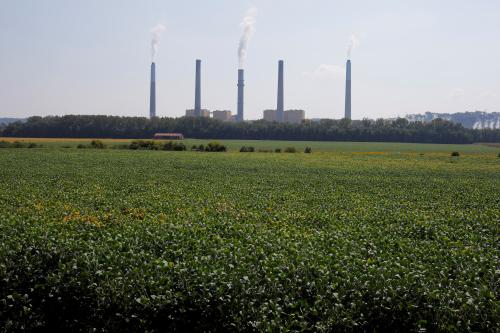

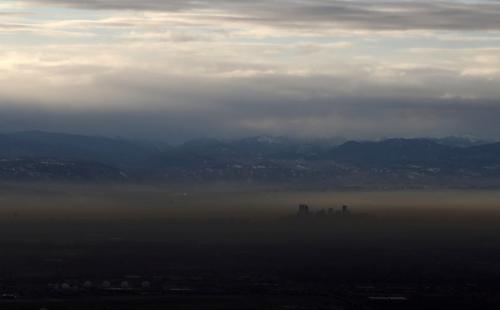
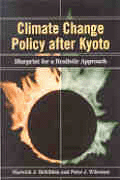

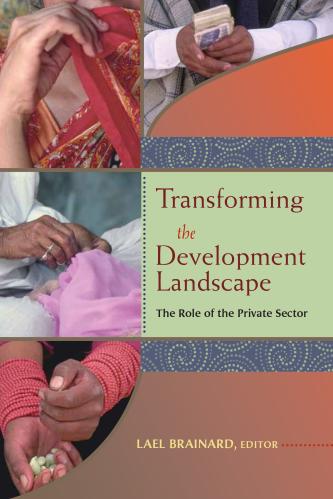


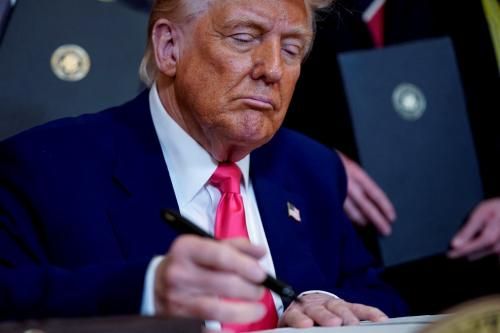
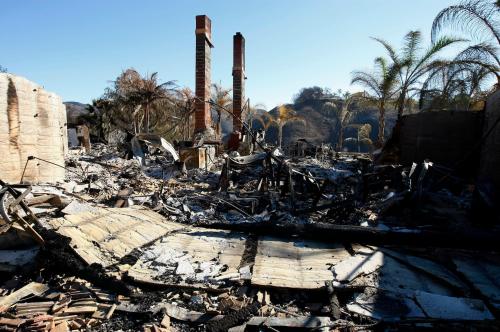
Commentary
Can states deliver on climate promises?
January 26, 2018